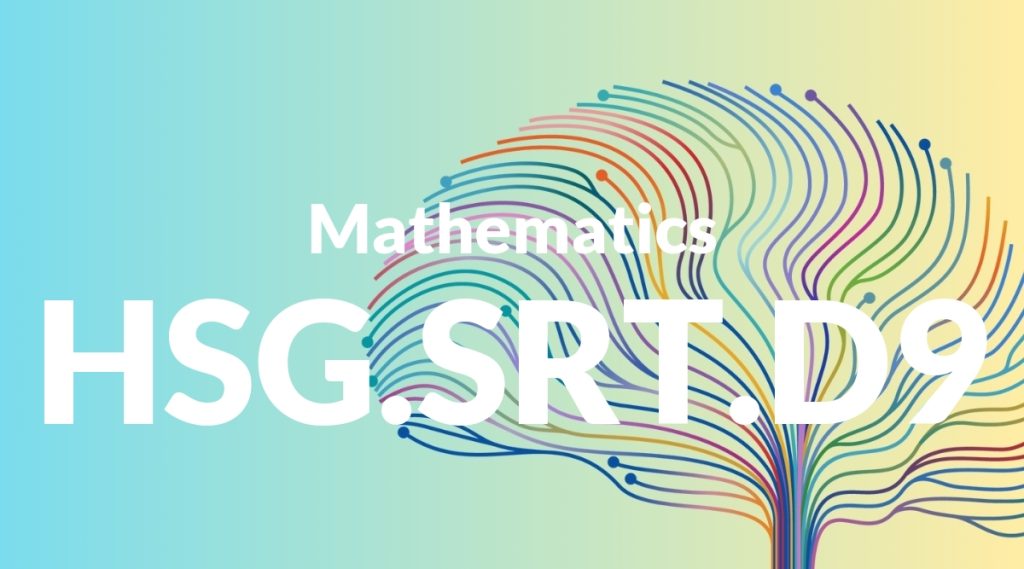Standard: HSG.SRT.D9 – (+) Derive the formula A = 1/2 ab sin(C) for the area of a triangle by drawing an auxiliary line from a vertex perpendicular to the opposite side.
Grade level: High School: Geometry
Subject: Mathematics
Domain: Similarity, Right Triangles, & Trigonometry
Teacher Overview
This standard involves deriving the formula A = 1/2 ab sin(C) for the area of a triangle by using an auxiliary line. It is important because it extends students’ understanding of trigonometry and its applications in geometry. Students should have a solid grasp of basic trigonometric functions and properties of triangles, including the Pythagorean theorem.
After mastering this standard, students will be able to apply the derived formula to solve complex geometric problems and will be prepared to tackle more advanced trigonometric concepts.
Common Misconception 1
A common misconception is that the formula A = 1/2 ab sin(C) only applies to right triangles. This is incorrect because the formula is derived using a general approach that applies to any triangle.
Intervention 1
To address this misconception, provide examples of non-right triangles and walk through the derivation process step-by-step to show the formula’s general applicability.
Common Misconception 2
Another misconception is confusing the sine function with other trigonometric functions like cosine or tangent. This is incorrect because the sine function specifically relates to the height of the triangle when an auxiliary line is drawn.
Intervention 2
Use visual aids and interactive tools to reinforce the specific role of the sine function in the formula, and provide practice problems to solidify understanding.
Prerequisite Knowledge
Students should understand basic trigonometric functions, properties of triangles, and the Pythagorean theorem.
Subsequent Knowledge
Students will be able to apply the derived formula to solve complex geometric problems and understand more advanced trigonometric concepts.
Instructional Activities
- Derive the formula in a step-by-step classroom demonstration.
- Use dynamic geometry software to visualize the derivation.
- Assign practice problems involving different types of triangles.
- Conduct a lab activity where students measure and calculate areas of physical triangular objects.




